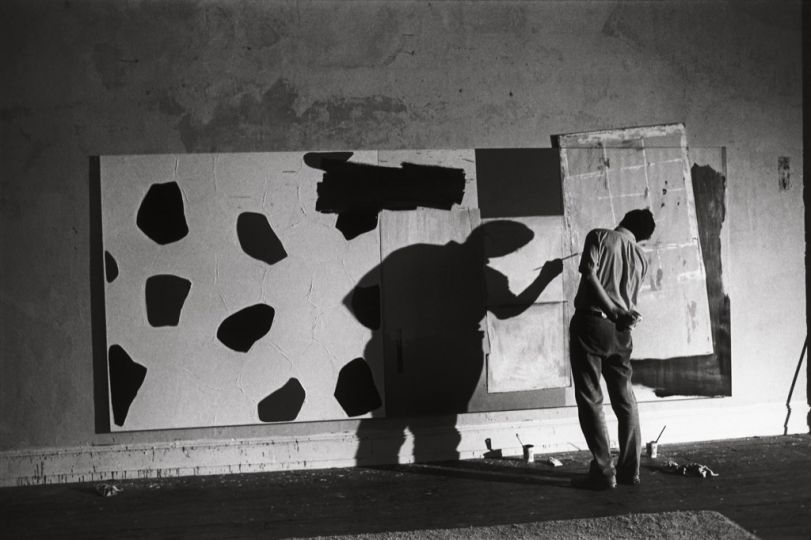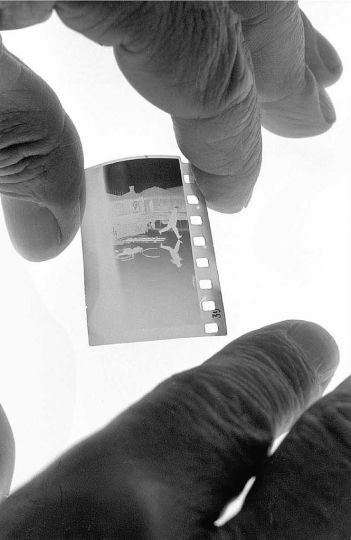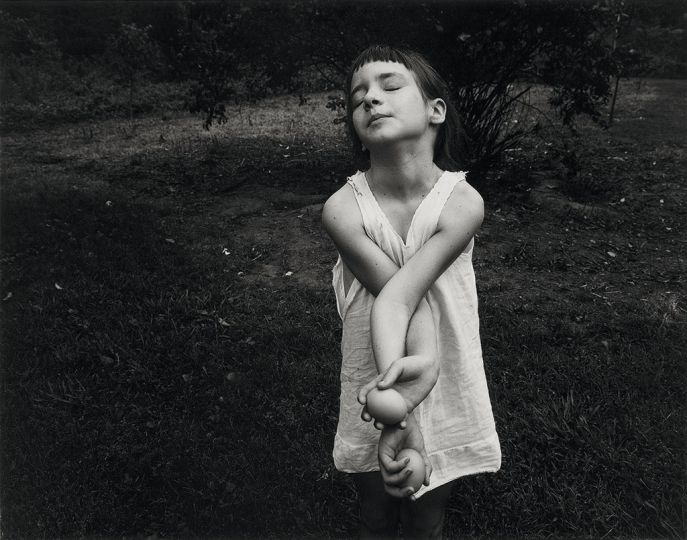What makes Henri Cartier-Bresson’s vast body of work so universally impressive is that he was seemingly present at every significant event and in the intimate company of every important figure of the 20th Century. Trained as a painter at a young age, Cartier-Bresson was heavily influenced by the Cubist and Surrealist concepts when he first began photographing towards at the end of the 1920s. While their aesthetics show through in his early images on view from France and Mexico in the 1930s, it was a photograph of boys running in to the surf by Hungarian photographer Martin Munkacsi (Three Boys at Lake Tanganyika, 1930) that firmly established in the young artist the expressive and graphic potential of the instant photographic medium. Following the advice of Robert Capa, Cartier-Bresson shed the modernist labels of the era and began to document humanity’s rhythm within a photojournalistic context.
It was photography’s ability to be an immediate sketch that could capture everyday situations with exceptional grace and Zen-like spontaneity that inspired the young intellectual to travel with the Leica as his companion for decades to follow. With his freedom following World War II and several years in a POW camp, Cartier-Bresson immersed himself fully into documentary and humanist “street” photography, ignited with the cofounding of the renowned Magnum Photos Agency in 1947. Three decades of photojournalism and personal photographic endeavors followed starting with several years on self-assigned work for Magnum in the Far East of Asia and India in the late 1940s. These years produced some of Cartier-Bresson’s most celebrated images such as the women praying at Srinagar, Kashmir, as well as many of the singular gems of the Fetterman Gallery collection and its current exhibition in Santa Monica.
The show displays both iconic and rarely seen images from the Gallery’s Collection and includes scenes from the photographer’s native land of France, as well as across the U.S.A., Mexico, the U.K., Western Europe, Russia, China and Southeast Asia. An ancillary installation of Cartier-Bresson’s candid portraits of notable personalities including artists, politicians, philosophers, actors, writers and more will accompany the main geographic exhibition, displaying his humble approach to the form of photography the artist himself considered most difficult.
Beyond The Decisive Moment, the title of his 1952 landmark monograph and philosophical theory on photographing as the artless art, Cartier-Bresson was a zealous geometrician and strictly adhered to only composing within the camera and never in the darkroom. His masterful skill for framing a strong, balanced composition was perfected by the 1950s, his most productive decade of work across Europe, China, and Russia. A significant portion of works on view derive from these years including iconic images of the Bolshoi Ballet in Moscow as one of the first Western photographers allowed in the USSR. His passion for visual harmony, humanity and the impermanence of reality focused by a classically trained eye allowed for the creation of an unrivaled body of historic imagery; What biographer Pierre Assouline noted as Cartier-Bresson’s passion “to capture the world’s harmony and record its invisible order within a tiny rectangle.”
Douglas Marshall
The World of Henri Cartier-Bresson
September 10 – December 3, 2016
Fetterman Gallery
2525 Michigan Ave, Santa Monica CA 90404
USA
http://www.peterfetterman.com/























